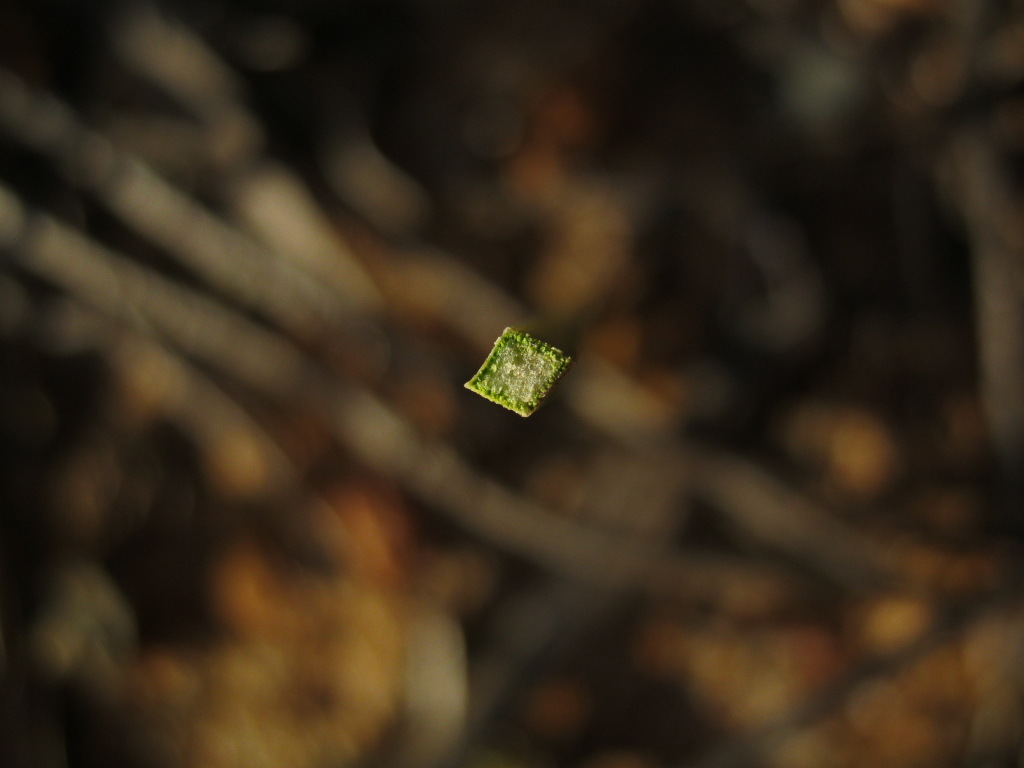Xanthorrhoea australis
R.Br. Austral Grass-treeStem up to 3 m long, often branched. Leaves forming an erect tuft when young, becoming spreading, quadrate-rhombic to transverse-rhombic in cross-section, 1.2–3 mm wide, 1–2.2 mm thick, bluish, glaucous. Inflorescence with flower-bearing part 110–180(–250) cm long, c. 50–80 mm diam., 2–6 times as long as non-flowering axis which is 0.3–0.5 m long and c. 18–40 mm diam.; bracts around flowers very prominent, narrow and tapering to a fine point; bracts between flowers narrow, tapered to a fine point, glabrous. Sepals with apex ± acute with an adaxial projection present; petals glabrous, except for a small hairy, adaxial projection from the apex. Flowers Jul.–Dec.
LoM, Wim, GleP, Brid, VVP, GipP, OtP, WaP, Gold, CVU, GGr, DunT, NIS, EGL, EGU, WPro, HSF, HNF, OtR, Strz, VAlp. Also SA, NSW, Tas. Often abundant in sandy soils in heathlands communities or on rocky hillsides.
The vegetative features which distinguish this species from X. resinifera are discussed under that species. Also see note under X. glauca. Aboriginal people soaked the inflorescence in water to produce a sweet drink. They also ate the soft, white leaf bases and the growing point at the top of the stem (Oates & Seeman 1979).
Conn, B.J. (1994). Xanthorrhoeaceae. In: Walsh, N.G.; Entwisle, T.J., Flora of Victoria Vol. 2, Ferns and Allied Plants, Conifers and Monocotyledons, pp. 720–734. Inkata Press, Melbourne.
 Spinning
Spinning


